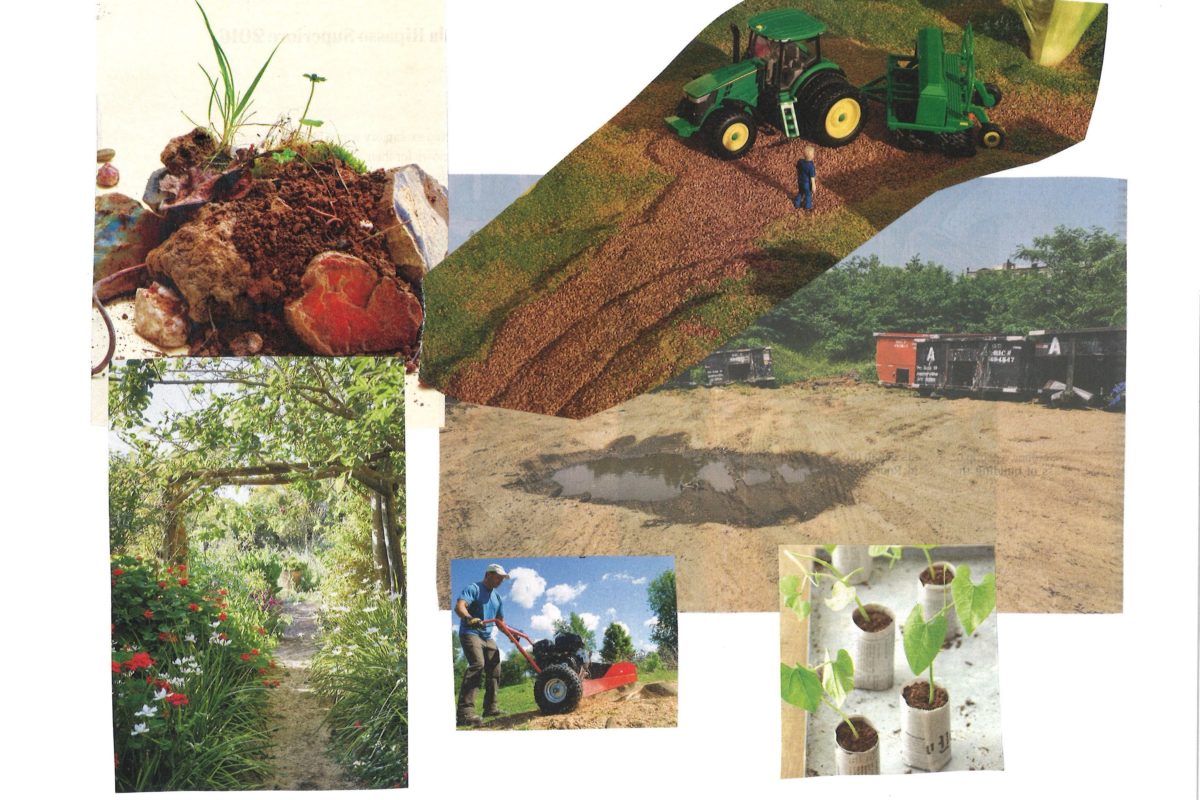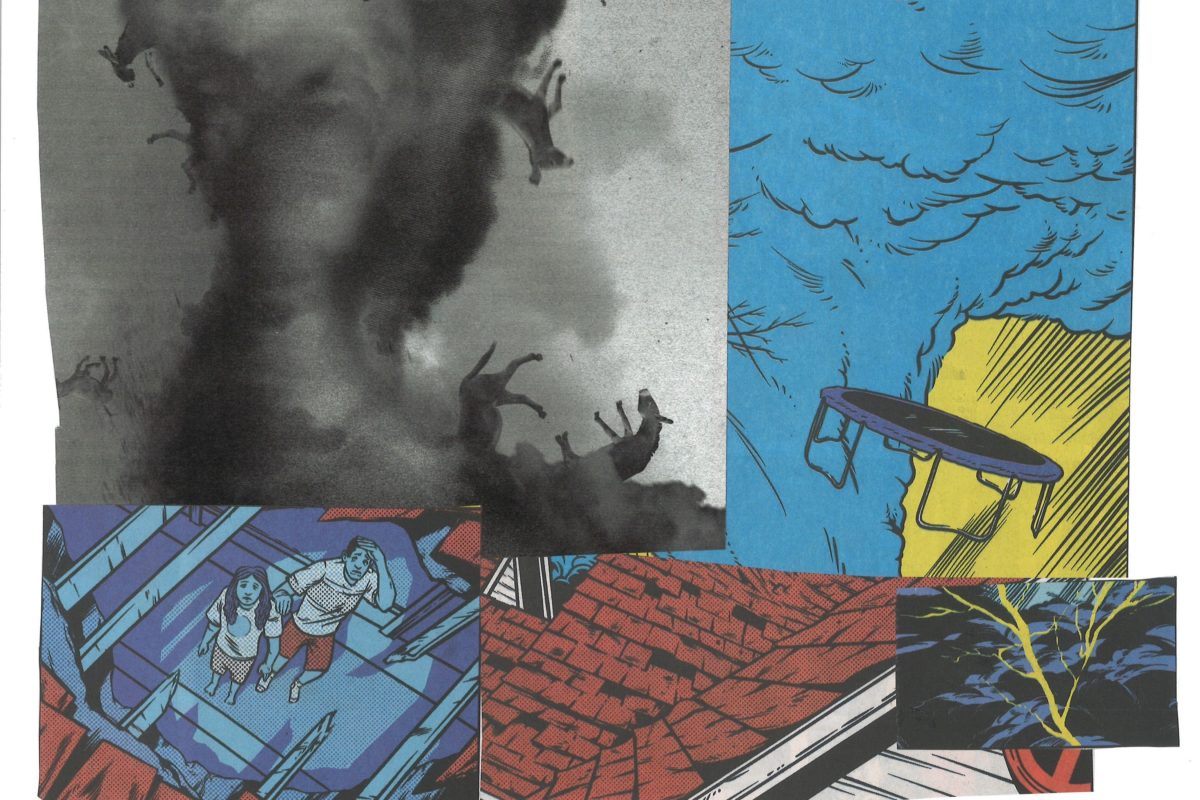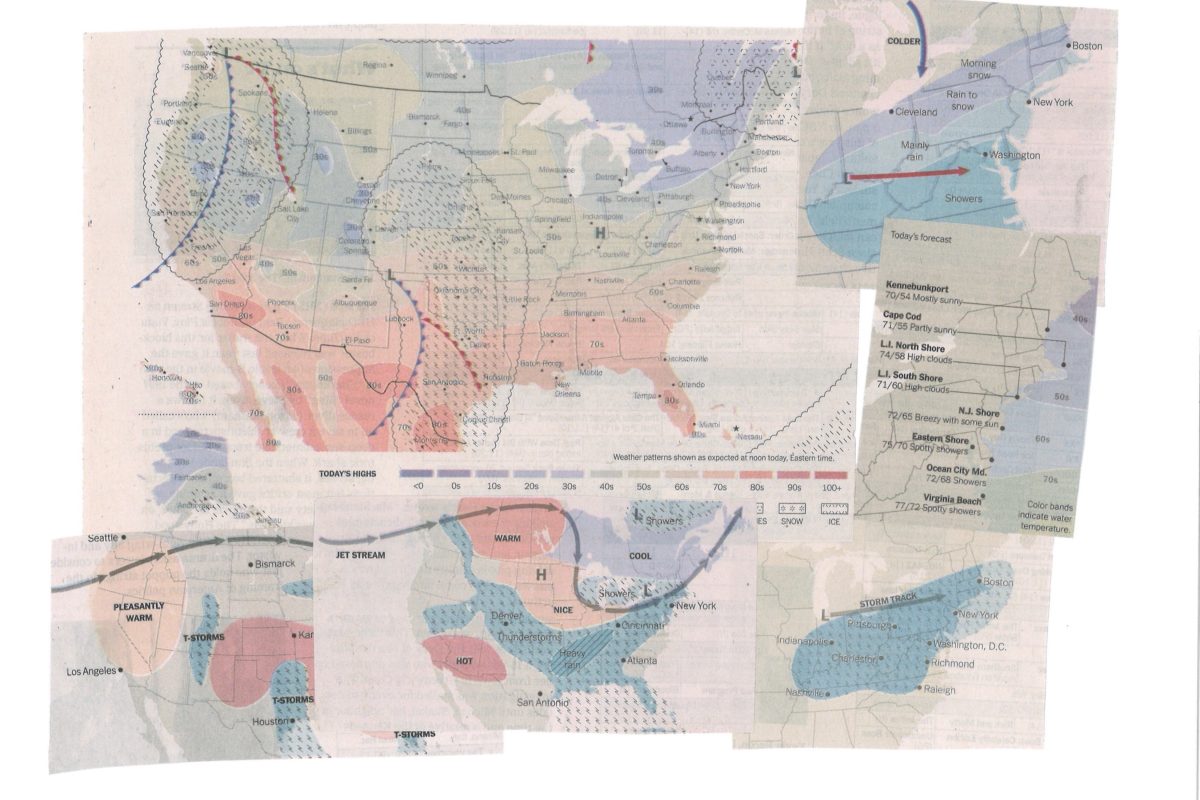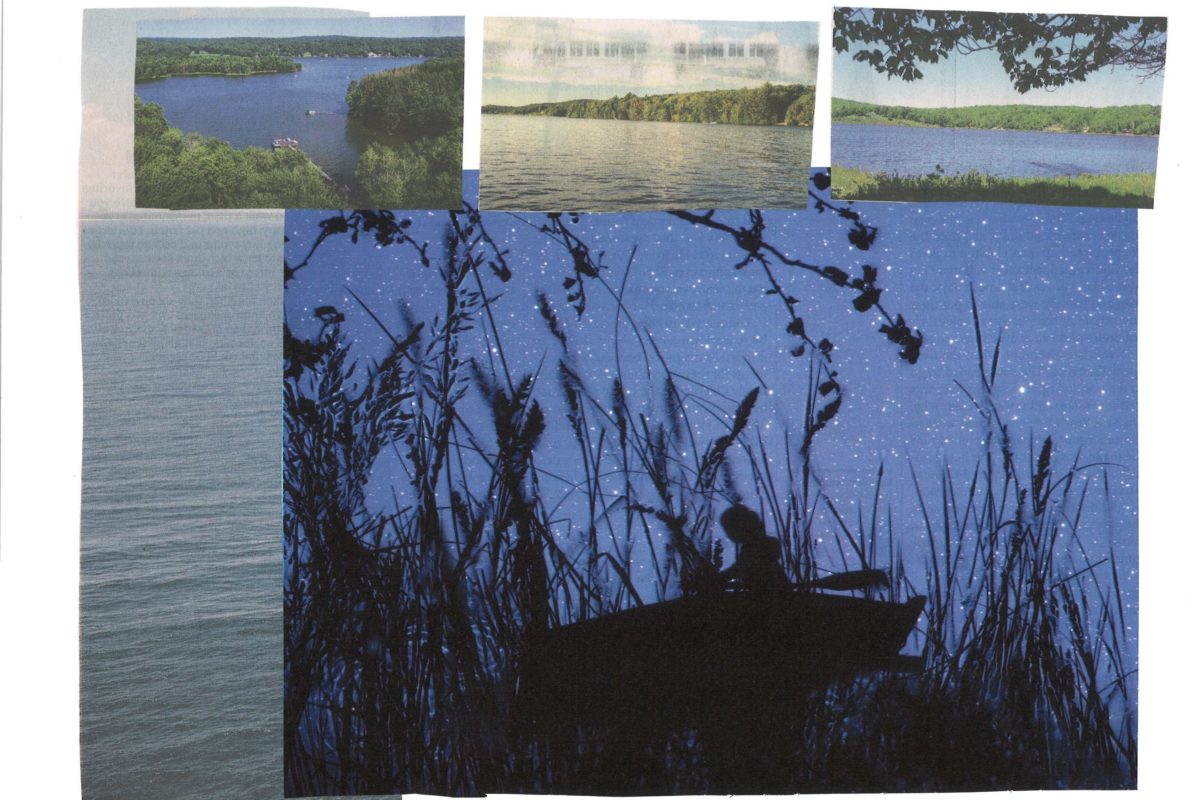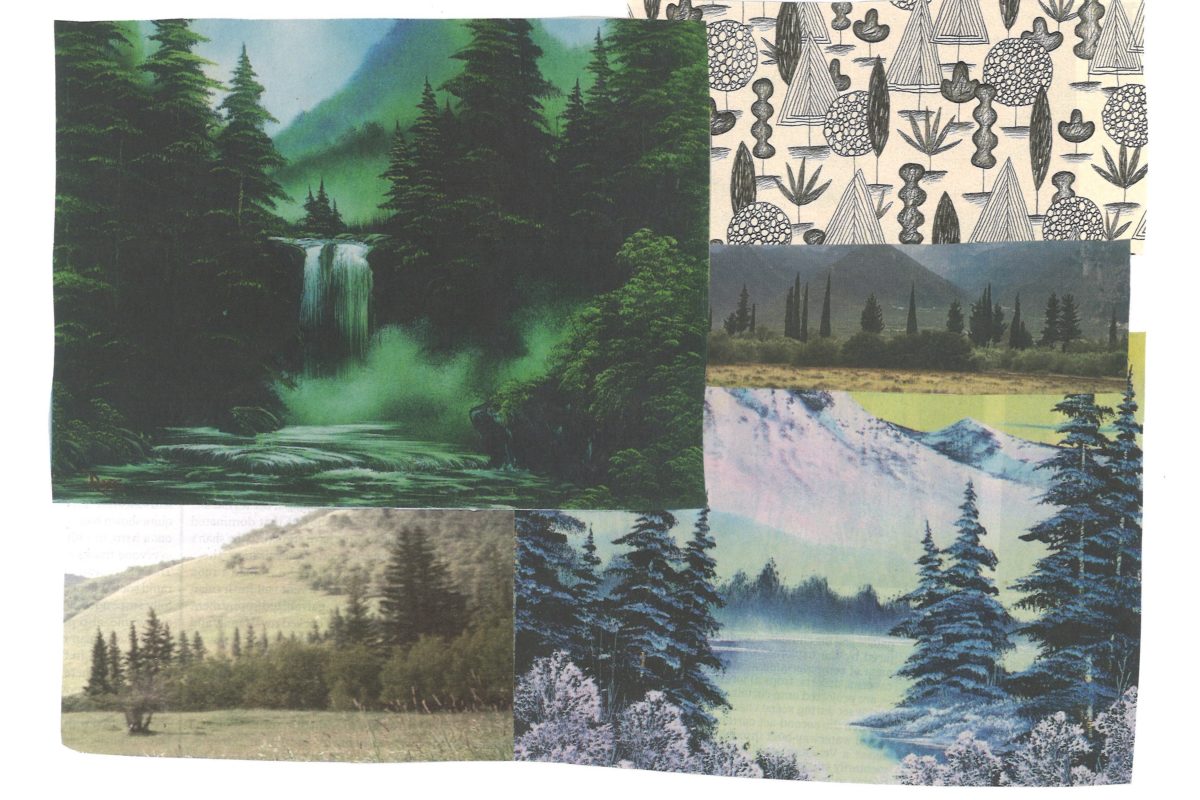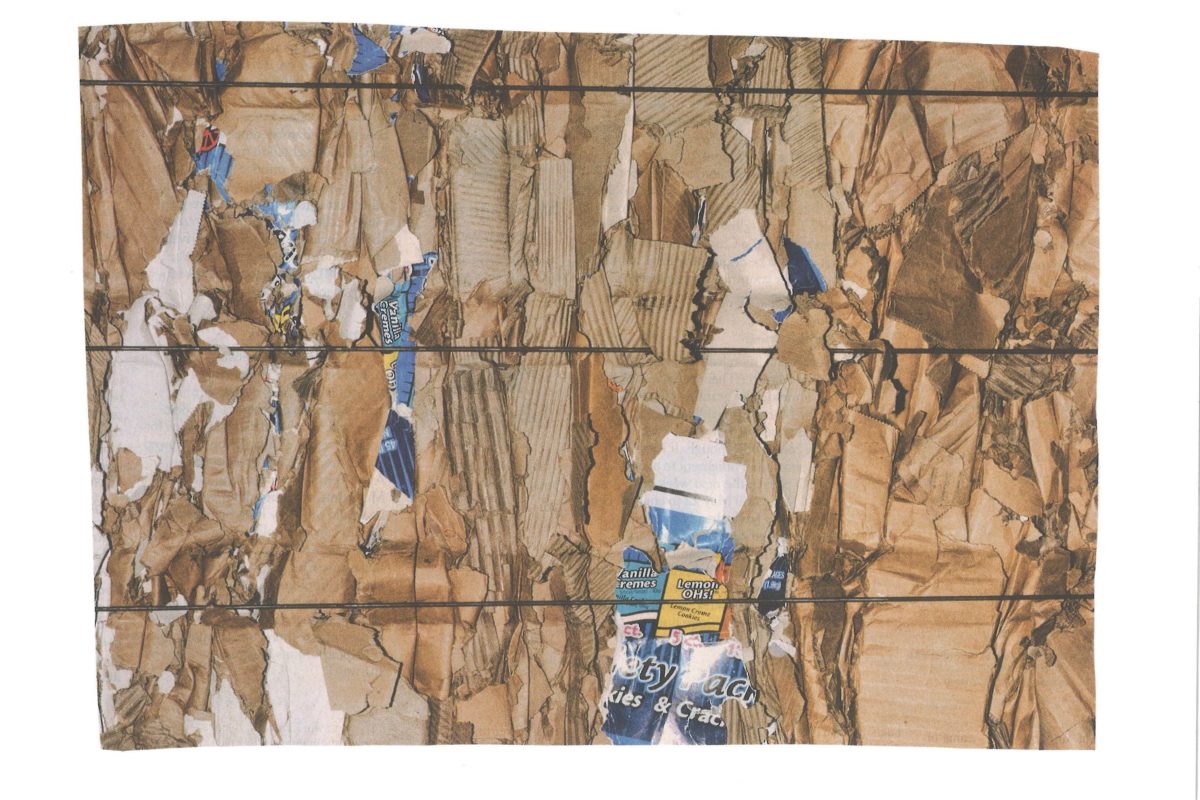What’s the Difference Between Sleet, Hail, Graupel, and Wintry Mix?
No matter what background or tradition or religion or belief system you identify with, I think we can all agree: when crazy stuff starts falling from the sky, things get weird. Turns out there are so many crazy things falling from the sky these days that we now must expand our vocabulary. My friends, it’s time to get cozy with hail, sleet, graupel (yes—this is a real thing), and wintry mix.
But first: some background. Hail, sleet, graupel, and wintry mix are all forms of precipitation that start off as snow. Snow stays snow when the temperature between the clouds and the ground stays at around 32°F the entire way down; it’s when the temperature gets warmer somewhere en route that interesting stuff starts to happen.
Sleet is what forms when there are warmer temperatures in the air and near- or below-freezing temperatures on the ground, or when cold air “sandwiches” a pocket of warmer air. This combination causes snowflakes to melt on their way down and then re-freeze as they get closer to the ground, turning into translucent little pellets of ice.
Graupel, on the other hand, happens when there are freezing temperatures in the air and above-freezing temperatures closer to the ground. Snowflakes get caked in near-frozen drops of rain, forming soft, opaque white balls akin to what the National Weather Service so aptly describes as “Dippin’ Dots.” For such an ugly name, I personally think graupel sounds quite lovely; it’s like snow on steroids, or like the pearl-sugar topping on a brioche, but soft.
Wintry mix, as one might guess, is a gross mix of snow, graupel, sleet, and freezing rain, because turns out multiple things can fall out of the sky at the same time! However, instead of the clouds spewing out a trail mix–like mixture, which would actually be kind of cool, we get any of those forms of precipitation falling in areas very close to each other, or switching off as the day progresses. (Meteorologists use the term “wintry mix” to essentially avoid getting too specific.) According to this story in the New Yorker, wintry mix most often happens in the central or eastern United States, thanks to a lovely concoction of cold air from Canada, warm air from the Gulf of Mexico, stormy air from the Rocky Mountains, and western air coming in on a jet stream. These all create a setting perfect for crazy frozen things to form and fall to Earth.
Lastly, we have hail, which only falls during thunderstorms and is actually most common in warmer conditions during the spring, summer, and fall. Hail starts as soft, snow-like particles that form in the below-freezing air at the top of thunderstorms (because it’s still cold up there, even in the summertime). As these particles fall into the storm, ice crystals and cloud droplets freeze onto them, and they stay suspended in the clouds for a while, gathering up more frozen stuff. When the pellets get too heavy, or when the winds that push them up into the clouds get too weak to keep them afloat, they start falling to the ground.
Hail is usually only the size of a penny, but the largest recorded hailstone fell in 1986 over the Gopalganj district of Pakistan and was… 2.25 pounds. Imagine the terror when that fell out of the sky. Stay safe out there!
If you liked this, subscribe to the What’s the Difference newsletter here!

